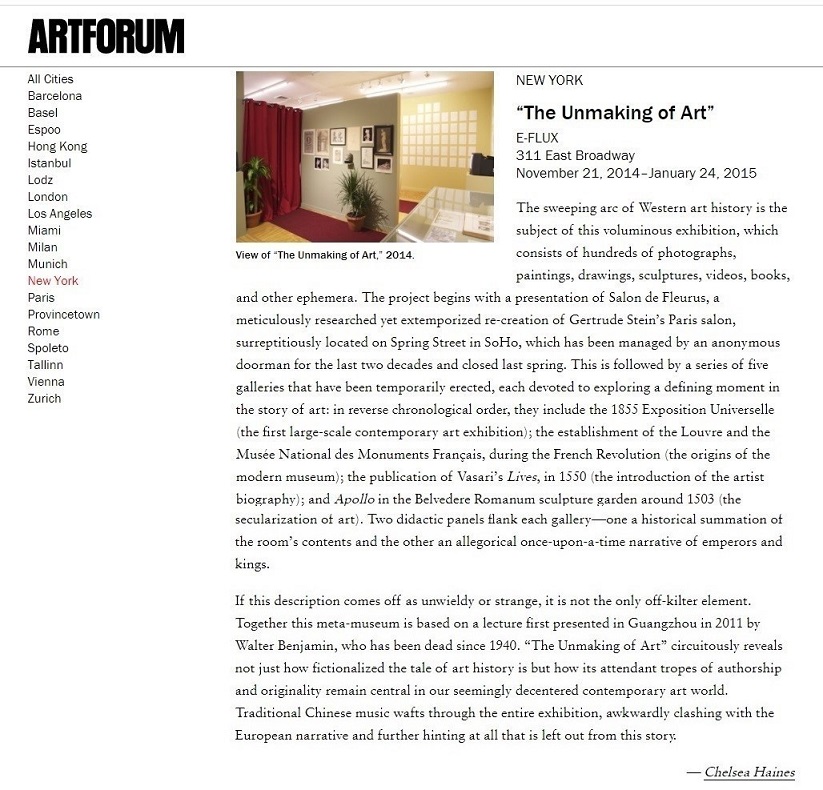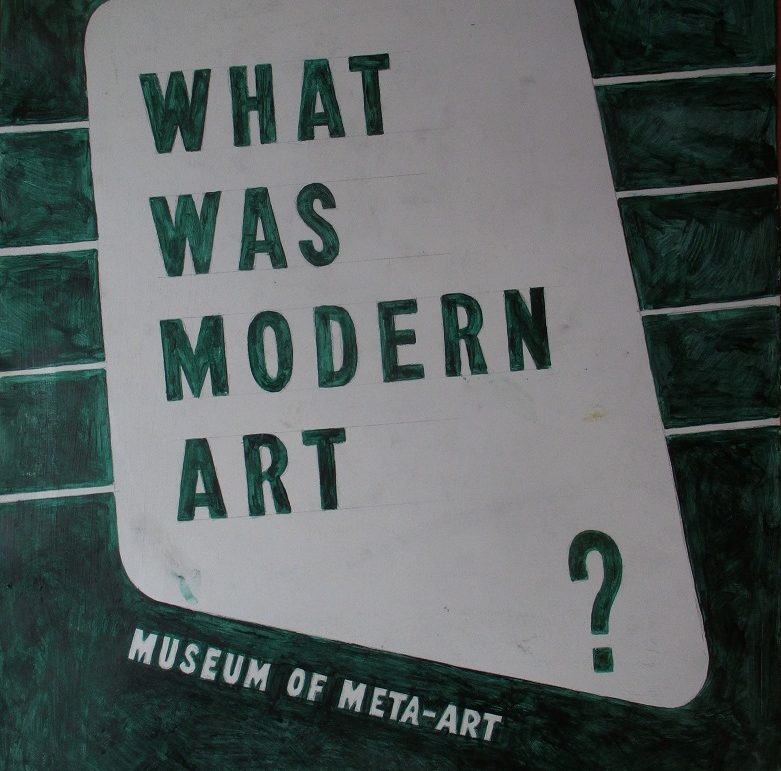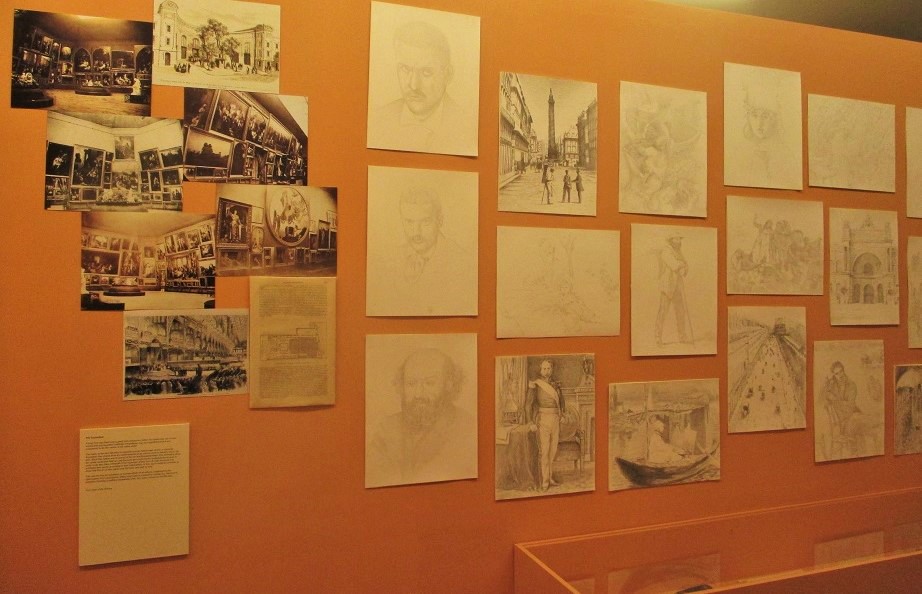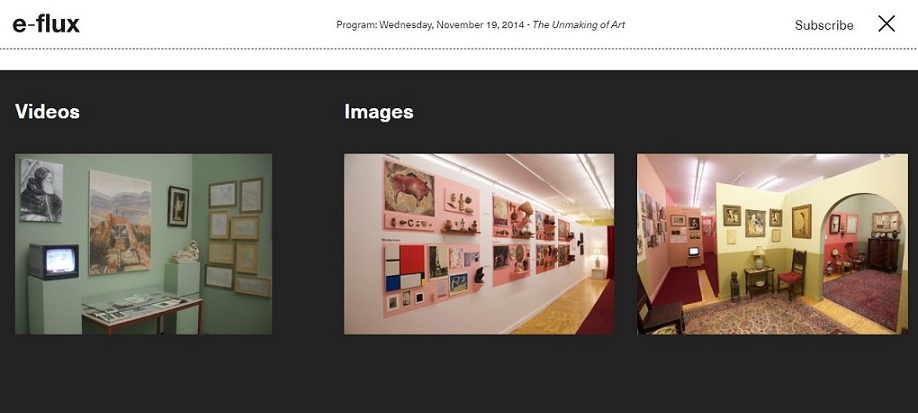
It is most likely that the next paradigm will be meta in relation to the present. It will have many characteristics of the pre-modern world, something like the modernity seen through the medieval glasses.
Walter Benjamin – Recent Writings 2014
The Unmaking of Art is an exhibition based on the Walter Benjamin’s lecture first held in 2011at the Times Museum in Guangzhou(China) and since then, in several other places in the world.


The exhibition begins with The Making of Art History, a diagram – like display that shows how a secular narrative called history emerged out of the Christian universe some five hundred years ago, continuing to unfold toward the past and toward the future simultaneously, ending with Modernism and Prehistory as the last contemporary chapters. Since it seems there is no any new chapter to be added before Prehistory, might indicate that there will be no chapter added after Modernism. This could lead to the conclusion that history as a story have exhausted all its potentials and is becoming obsolete.

From The Autobiography of Alice B.Toklas is the title of the next exhibit. It is a collection of the Salon de Fleurus that was open to the public from 1992 until 2014. It remembers the beginnings of the 20th century modernism, through the sepia copies of paintings from one of the earliest collections of modern art assembled by Leo and Gertrude Stein and exhibited in the legendary Paris salon. It was in this place that paintings by Cezanne, Matisse and Picasso were exhibited together for the first time. Some thirty years later, when MoMA finally established its narrative based on international movements, it would begin with these three artists.

In the Exposition Universelle room are the artifacts related to the emergence of the international art scene primarily through the world fairs that began to mushroom as of the mid 19th century. It was the 1855 Exposition Universelle in Paris that first organized international exhibition of contemporary art. The exhibition was structured by the national pavilions with the idea to show the characteristics of each national school and became a model for many international exhibitions that came after, like the Venice Biennale.

The theme of the exhibit La Révolution française is the invention of the art museum as materialized art history. The previous museum-like places were either the collections of statues from antiquity or painting galleries. It was in the Louvre that statues of Rome, Greece and Egypt were exhibited together with the nationalized royal collection of paintings. In addition, many of the artifacts related to medieval France, removed from the churches and public places during the Revolution and saved in the Musee des Monuments, were included in the Louvre collection filling the gap between the Antiquity(statues) and Modernity(paintings) with the chapter named the Middle Ages. Thus the Louvre museum that opened to the public after the Revolution emerged as the first museum where the entire past was remembered through this particular narrative called (art) history and became visible in one place. It was through History that the past of Europe was colonized first, and then gradually it was imposed on the entire world.

In the Académie Royale de Peinture et de Sculpture room remembers the establishment of the Academy of Paintings and Sculptures at the time of Louis XIV, particularly the invention of the exposition (salon) and on the 1648 decree of the state council that declared painting and sculpture to be liberal arts (arts liberaux). It is this decree that marks the beginning of understanding of art not primarily as craftsmanship but as an intellectual activity, thus establishing the foundation for art as we know it today. Without this decree it would be hardly possible to imagine the emergence of artists like Malevich, Mondrian or Duchamp some two and a half centuries later.

The exhibit Le Vite de’ più eccellenti pittori, scultori is dedicated to the famous 1550 book by Giorgio Vasari which is considered to be the first history of art. The book, arranged chronologically, consists of the collection of life stories of unique characters: painters , sculptors and architects. In addition to being the first history of art, this book introduces the artist as a distinct and gifted individual capable of producing an exceptional work called work of art. Vasari is also credited for inventing the notion of gallery (galleria) and naming the Renaissance (Rinacimento)

Finally, the Belvedere Romanum room shows the artifacts about the most important collection of the statues from the ancient past assembled by the Pope Julius II in the Vatican garden called Belvedere. The sight of the collection of broken statues from the distant past, placed in the idyllic garden named “Belvedere Romanum”, marks the birth of “Antiquity”. Also, as a novelty, being at the time a new vision of the world that was not Christian, it marks the birth of “Modernity” as well. In today’s terms, we could consider these statues to be the first ready-mades and, in fact, the first objects of art, while the Belvedere Romanum could be the first museum of art, and in that brief period even the first museum of modern art.

The Making of Art History
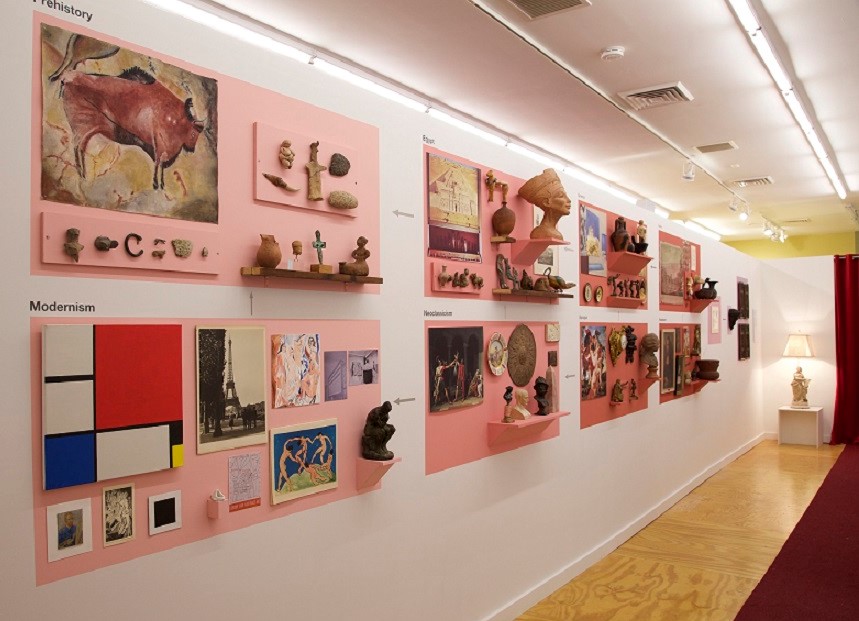
The invention of Antiquity in the Belvedere garden around fifteen hundreds was at same time the invention of Modernity. Gradually, only the contemporary reflections on Antiquity became Modernity, while Antiquity itself became identified with the ancient past. The collections of old statues became new, non-Christian characters of a contemporary story about the distant past called ancient Rome. By positioning oneself outside of the Christian narrative, it now became possible to recognize a crude three-piece construction that became the foundation of the secular narrative called history: Rome—Christianity—Modernity (what we call the Renaissance today). After Winckelmann’s observation of the excavations of Pompeii and Herculaneum and his interpretation of Greek art, the mythical ancient Greece became a reality and was added to the construction on the left side, before Rome , while on the other end modernity was by that time already in the Baroque. With Napoleon’s campaign in Egypt, the ancient African civilization was included into European ancestry, preceding Greece on the chronological time line, while on the opposite end it was already time for Neoclassicism. Finally, in the twentieth century two more chapters were added: the beginning moved one step back in time, from Egypt to Prehistory, while on the other end the contemporary became Modernism, and the entirety of history and art history as we know it became completed. It would begin with Prehistory, followed chronologically by Egypt, Greece, Rome, Christianity, the Renaissance, Baroque, Neoclassicism and end in Modernism. The story was organized along the chronological time line, and as the methods of authentication and dating of artifacts improved, the story became more accurate and copies were being identified and separated from the originals.






Salon de Fleurus – New York 1992 From the Autobiography of Alice B. Toklas

The City of Light
Many years ago, a brother and sister arrived in the City of Light from far away across the sea. Being very fond of the Modern Art that was flourishing there, they soon became avid collectors. Before long, they had amassed a magnificent collection of Modern Art that became known and respected in all parts of the world. This collection included numerous masterpieces from three major modern styles: Post-Impressionism, Fauvism and Cubism. Soon, one of their paintings, “The Blue Nude” by Matisse, even appeared at the famous International Exhibition in their native land.
It so happened that it was this collection where, for the first time, paintings by the great Modernist masters Cezanne, Matisse and Picasso were exhibited together in one room. The collection had a great impact on collectors across the ocean who begin collecting a particular kind of art from the Old World that was more experimental and avant-guard oriented.
At that time a kid named Junior, the future inventor of both the Museum of Modern Art and the New Modern Narrative, was only three years old. Three decades later, when as a young director he finally realized how the display in the Modern should look like. It would begin with Cezanne, and from there one could walk left, toward Picasso and Cubism, or right, toward Matisse and Fauvism. At that point, perhaps for the first time, the history of art was explained, not through the nationalities of the artists, but through the international movements they choose to belong to. From the Tales of the Artisans
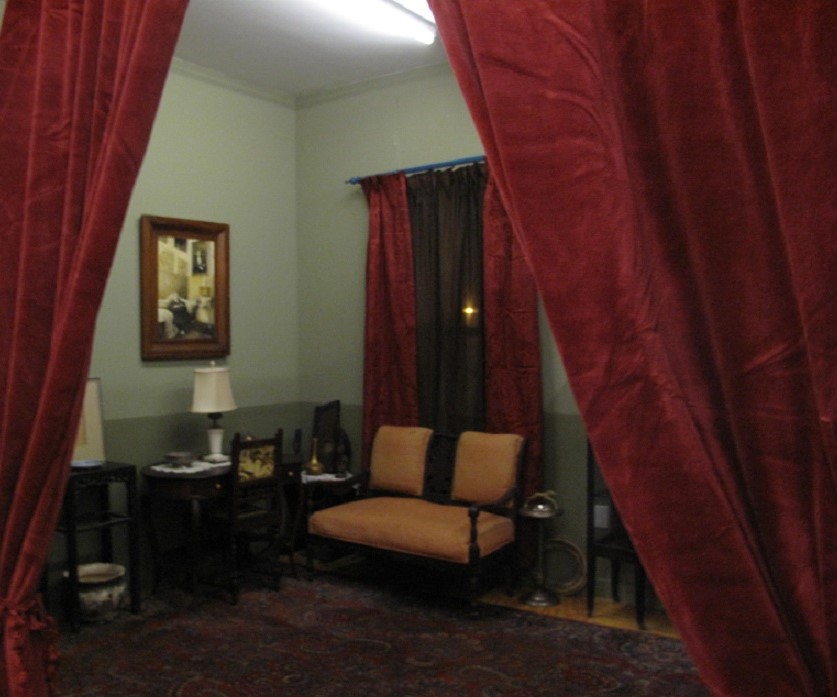

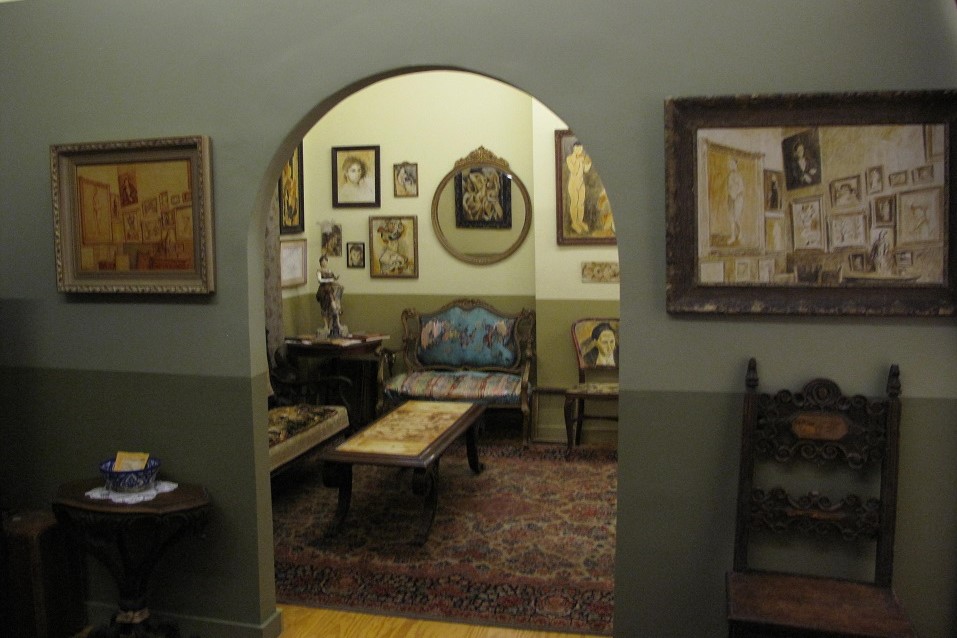
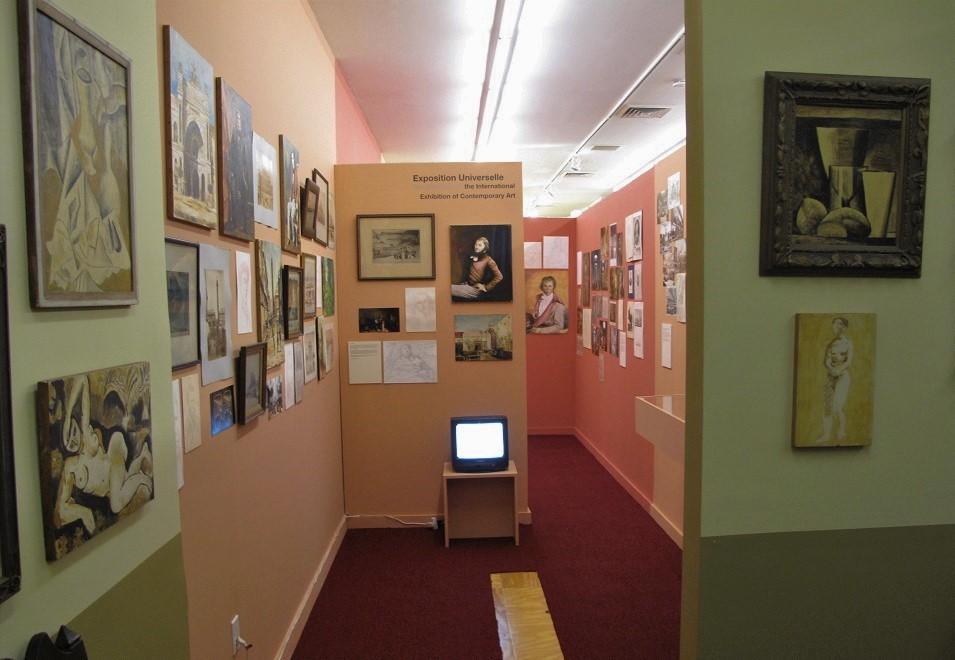
Exposition Universelle – Paris 1855
Some fifty years after the establishment of the Louvre for the first time was organized an international exhibition of contemporary art as part of the Paris 1855 Exposition Universelle. This was in fact the first international exhibition of contemporary art, and it was organized by national pavilions . Now it was not only the past that was structured by national schools, but the present as well. The French section included special exhibits of Ingres and Delacroix, while rebellious Courbet built his own pavilion and so opted for individualism.
The concept of intentional exhibitions organized by nationalities became standard throughout the rest of the XIX century and finally in 1895 turned into a regular biennial international art exhibition known as the Biennale di Venezia. In the beginning, the entire exhibition was placed inside one pavilion, later named “Italia” , and by 1924 it already had several separate national pavilions in addition to the main pavilion. However, the first signs of change could be seen at the 1913 New York International Exhibition of Modern art known as the Armory Show. In the exhibition catalog we could see that the artists were listed not by nationality, but as individuals. This was perhaps the earliest harbinger of another kind of internationalism, one that will mark the second half of the XX century – internationalism not organized and manifested by nationality, but internationalism by individual artist. As of mid XX century this was the main difference between the Venice Biennale and Documenta.

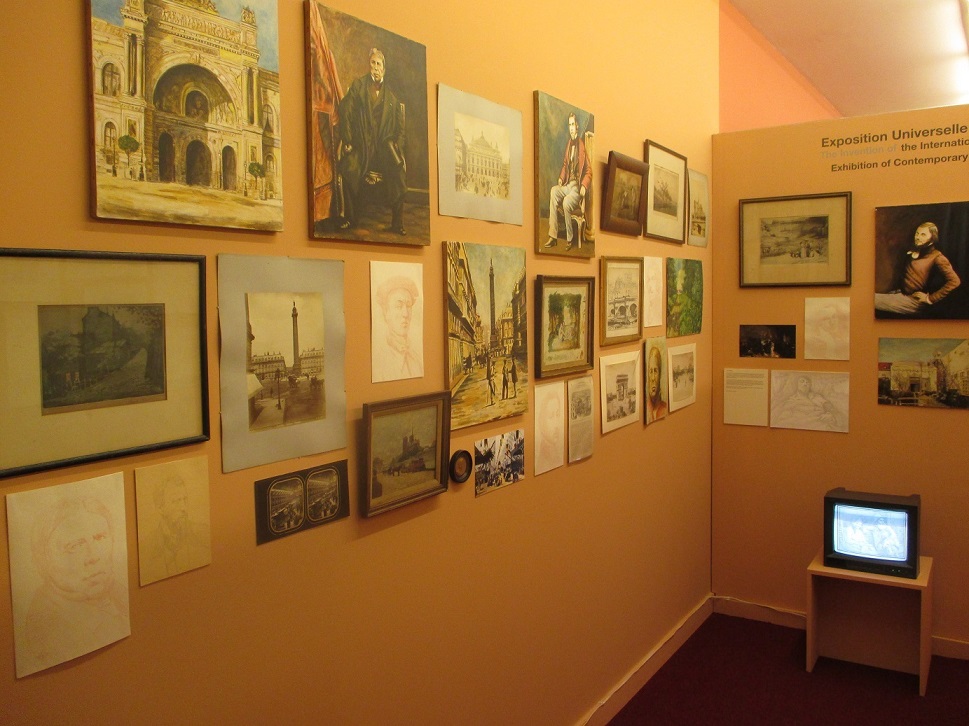
Exposition
Long time ago there was a great and prosperous nation. Its capital full of wide boulevards, beautiful buildings and palaces, was so magnificent that was consider to be the center of the entire world.
Once the rulers of the land decided to organize in its capital an event that was not seen before, an universal exposition of the achievements of all nations, both in the industry and in the arts. Since this nation was so proud of its art that flourish there, they wanted to show everyone that their art was the best and could not be surpassed by anyone. In order to do this they invited all the important artists from all over the world and arrange their works according to their nationality. In this way it was possible to show that the art of this nation is the best and had no rivalry.
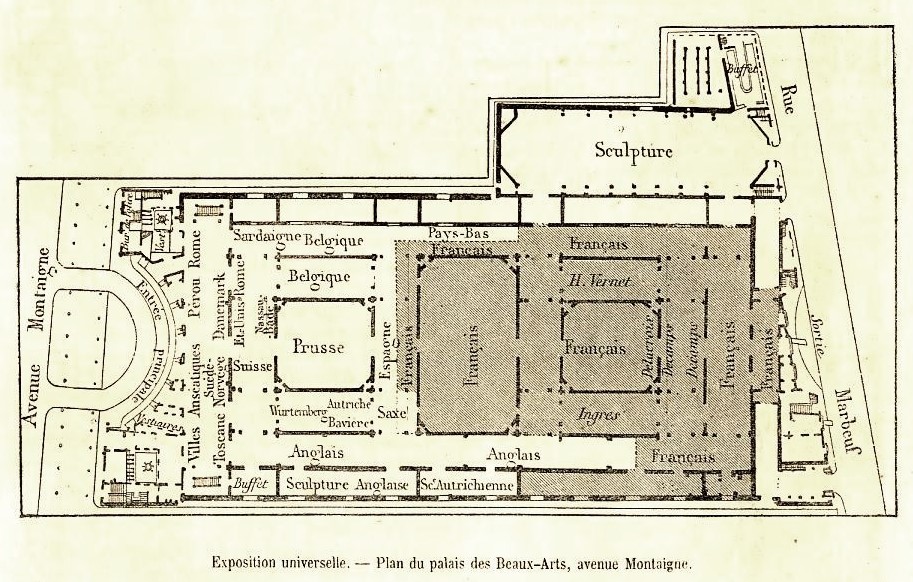
This was the first art exhibition of all nations and it was organized by the nationality of its participants. Many years later in a beautiful coastal city this kind of exhibition became a tradition that was happening every two years and became known as The Biennale.
Pavilion
At the time of the first great exposition the organizer invited the best artists of the land. It so happened that among them was not a young and very ambitious artists . The artist was very much hurt in his soul when he learned about this decision and felt that a great injustice was done upon him. Especially since he was absolutely certain that he is the best artist of all in the entire land.
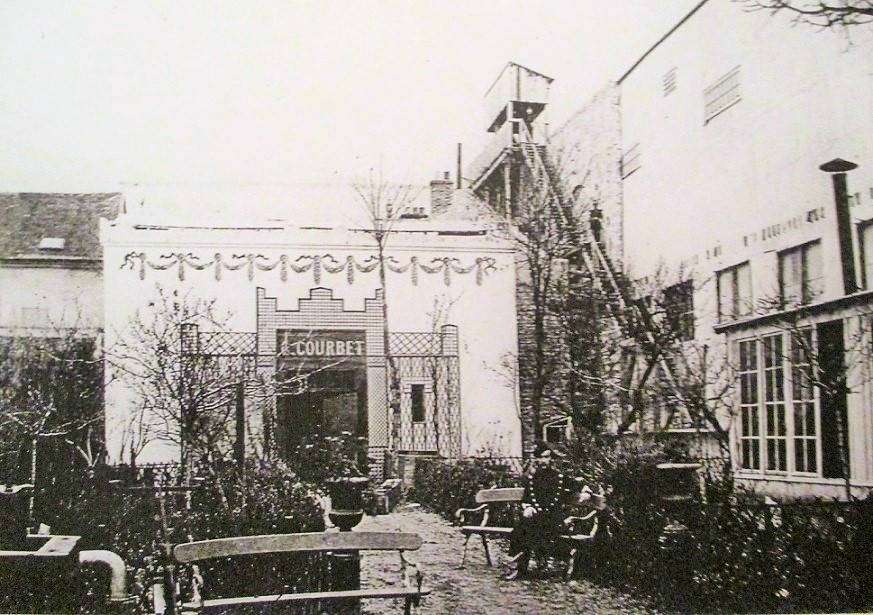
In order to prove that the organizers were wrong and ignorant, he decided to build his own pavilion just across the exposition palace, and show his best works. Since his paintings were depicting reality in the most faithful manner, he decided to name his exhibition building” The Pavilion of Realism” claiming that the artists are the only true experts in art, and not some government bureaucrats. Both the exhibition and the pavilion became the great success and were remembered and imitated by other artists for many years to come.
La Révolution française
It was the Louvre as an art museum that brought together both the collections of statues and paintings into one coherent narrative and open to the public after the Revolution. It also included some of the objects from the Medieval past of France removed from public places during the Revolution but salvaged by Alexandre Lenoir and placed first in the Museum of Monuments . During the Napoleon wars many of the treasures were taken from occupied European cities, including Belvedere statues, and brought to the Louvre. The architect of this enterprise was Vivant Denon, an erudite, art connoisseur, who was usually among the first to enter the city with a list of valuable works of art. He would find and confiscate them, pack and ship them to Louvre, thus becoming known as “The Packer”. It was Denon that was appointed by the Emperor to become the first Superintendent of the Musee Napoleon. With all this treasure in his hands, stretching throughout centuries and civilizations now assembled in one place perhaps for the first time ever, Denon had to consider how to display it to the public and what kind of objective rules to implement. After some thought he decided that all works would be exhibited chronologically and by national schools. These rules became standard not only for all the museums that appeared in the XIX century, but for the structuring of the Art History narrative as well.
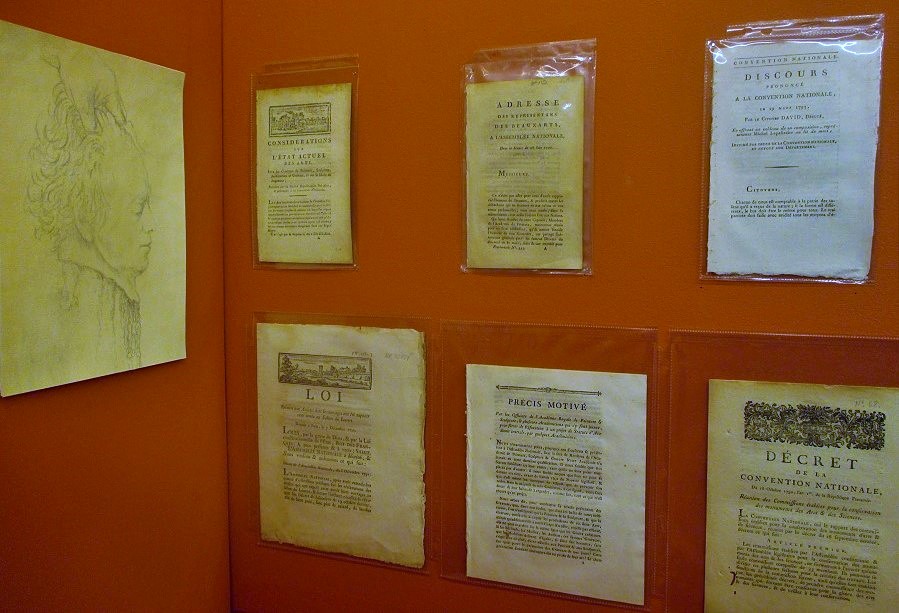
Although the Art History intended to be an objective story about the past, the entire past became in a way colonized by history. Later, artifacts from other cultures were incorporated into the museums, first in the ethnographic collections and subsequently in the art museums, thus becoming works of art as well. And the museums as a materialized art history became instruments in this colonization. That was also the moment when notions like “work of art”, “artist” and the very notion of “art” were being finally shaped. From that moment on, artifacts produced within the field of the art museum were intended to “play roles” only in the story called Art History, and as such could have only one meaning – that of works of art. In a way we should consider only these artifacts that appeared after the art museums to be the genuine works of art.

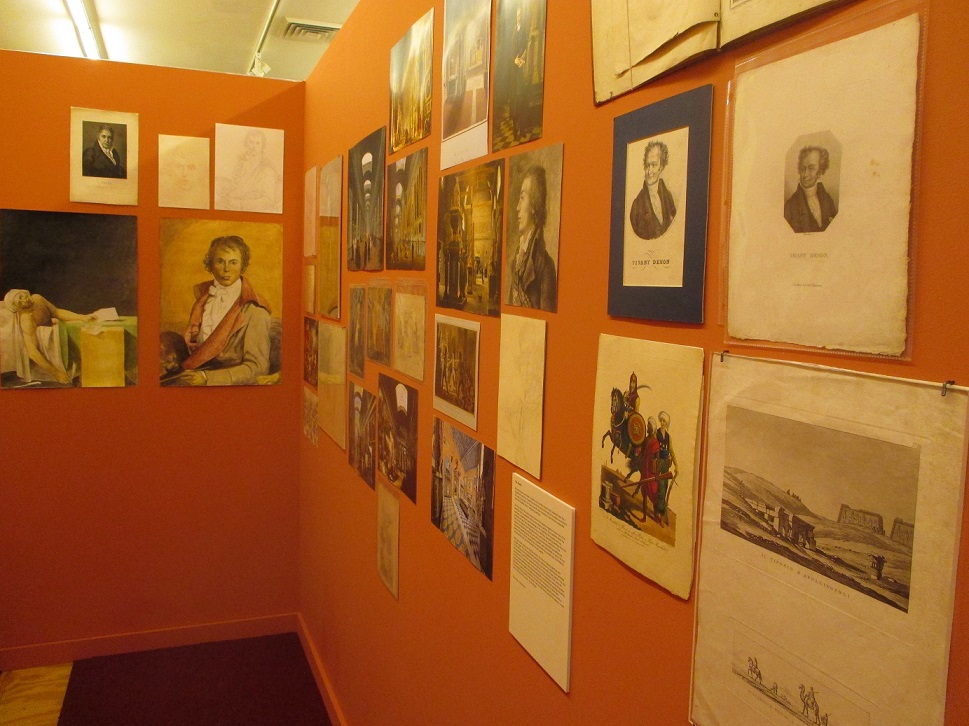
Revolution
We are told of a certain King, who, beyond all other things, wished to make himself acquainted with the nature of art and science and thus surrounded himself with the people of knowledge and the best artists of the land. He enriched a valuable collection of paintings inherited from his predecessor with numerous beautiful paintings and proudly exhibit them in his palace. The King had a beloved young wife who was however not very interested in matters of art and science. Instead she enjoyed beautiful dresses and to adorned her had with luxurious hats and spectacular wigs. In order to show all this, she would invite many dignitaries and their wives in the palace for entertainment where she served the best food and vine brought from the exotic lands. Unfortunately, most of the people in this kingdom were pure and unhappy. This is why they became very angry when the stories about Queen and her extravagant entertainment begin to circulate. Their anger turned into a hatred that led to peoples revolt against the beautiful Queen and the king who was on her side. Soon the revolt turned into Revolution, and the King and Queen were arrested together with many their rich aristocratic friends and clergy who supported the royal family. In very short time they were all executed with their heads cut-of in public by the special device called the “national razor”.

Many palaces were plundered, churches ruined and public monuments dedicated to the royalty and those of religious nature were destroyed. It is in those days of uncertainty and chaos, that some of the revolutionary authorities begin to think what to do with the royal collection of paintings they inherited and how to display for the first time to the public, now as a national treasure. How to show to the public all those paintings of kings and saints and not to appear to promote royalty or Christianity? The answer they came up with was: On this painting Supper at Emmaus we do not admire Jesus but Titian. This is how a new story about past became possible, one in which the main characters are not Jesus, Mary and God but instead Raphael, Titian and Tintoretto, a story known as Art History.
Museum of Monuments
At the times of great upheaval and uncertainty that followed the Revolution, when the king was overthrew and executed, many monuments, statues and churches destroyed, there lived a young and brave man. He loved his city and with horror watched how it is being destroyed and immediately decided to save and preserve everything he could.
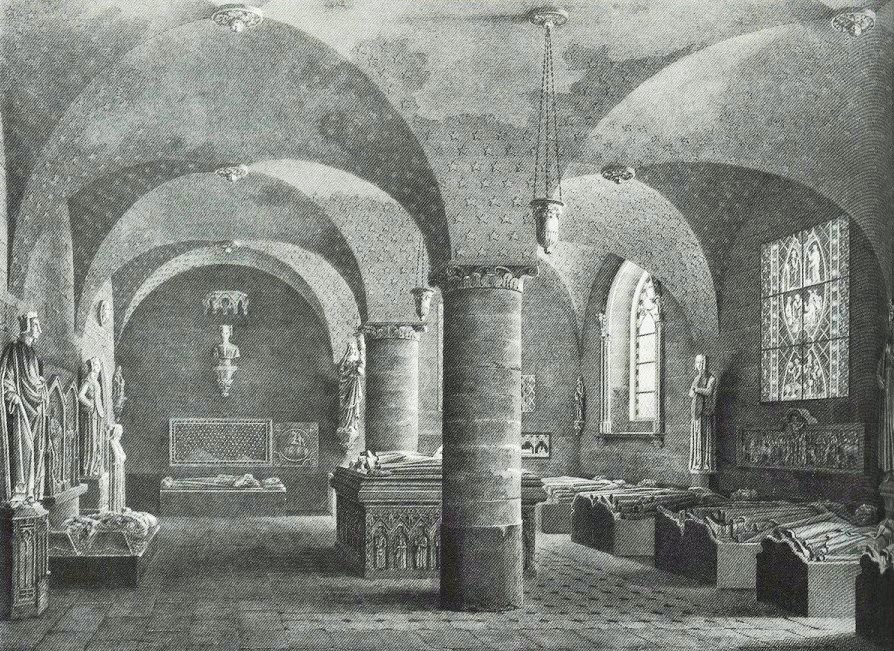
Regardless of the great danger he manage to collect many busts, statues, colorful vitrages, carved tombs of nights and saints and bring all these in one abandoned convent and name it Museum of Monuments. Everything that was saved he displayed in various rooms according to their age. Each room was painted and decorated according to the epoch that was represented. After not too long, the museum became a great success and attracted many visitors. Some of them even understood that, in spite of the revolutionaries attempt to destroy and forget the past, it was these very statues and monuments by being broken and exhibited in the museum that made the past visible and real.
Academie Royale
At the time of Louis XIV, painting and sculpture were part of the guild system as they had been since medieval times. In addition to the subject matter, paintings and sculptures were mostly valued because of the craftsmanship invested in them, same as the other hand made products. It was important for a guild to keep high quality standards, and thus they had a decisive role in giving permits for the import of paintings and sculptures from abroad, even for the king. Initiated by the painter Le Brun, after his return from Rome, the Council of the ten year old king issued the “Arret du Conseil d’Etat” on January 27, 1648. With this decision, painting and sculpture were declared to belong to the “liberal arts” and so removed from the control of the guild system. From then on they were not in the category of cabinets and armors, but in the same category as astronomy, music, arithmetic or grammar. Those were all “non-material” and individually conducted activities, not possible to be organized in the guilds, and thus couldn’t have manufacturing standards. Now painting became the result of a rather reflective activity similar to poetry, and not something that is valued because of the mastery of the hand, and so introducing the concept of a “learned artist” instead of an “ignorant artisan”. For a while the effects of this decision were not felt, and for decades members of the Academy diligently followed the high quality craftsmanship standards. However, through the non-commercial “beaux art” scene established around the annual Salons initiated by Minister Colbert, the emphasis on the rigid quality of the painting gradually loosen, but the high craftsmanship standards maintained throughout the XVIII century, before and continuing after the Revolution. However, by the beginning of the XIX century, some artists like Delacroix had pointed to the direction which was later picked up by Impressionists (Monet) and Post-Impressionists (Cezanne) and the road became open for Picasso, and from there to Malevich and Duchamp. It is very hard to imagine how these works could have ever emerged from any painting or sculpture guild system. From the time of the Louis XIV State Council decision, painting and sculpture as hand crafts were gradually transformed into an intellectual, reflective in a way philosophical activity that happened to be expressed non-verbally establishing a context within which even a “found object” named ready-made could become art.




The King
In a faraway kingdom there reigned a mighty king. He was not only wise and generous, but his wealth was so great as if it had no limits. He lived in a golden castle surrounded by the most beautiful gardens one can imagine. In it the birds were singing covered with feathers in rainbow-colors bringing up their offspring in gardens filled with eternal blossoms of tropical flowers. This king lived in midst of such beauty that was not to be found anywhere else in the world. The fame of good and wise king attracted many learned people, poets, writers and painters from the neighboring lands to come to his palace to work and learn from each other. After not too long the king became so famous and loved that everyone wanted to come to his court and work for him.
It so happened that all the painters in the kingdom belonged to a guild that controlled not only the lives of its members but of the paintings as well. No one was allowed to buy a painting without the approval of the guild, not even the mighty king.
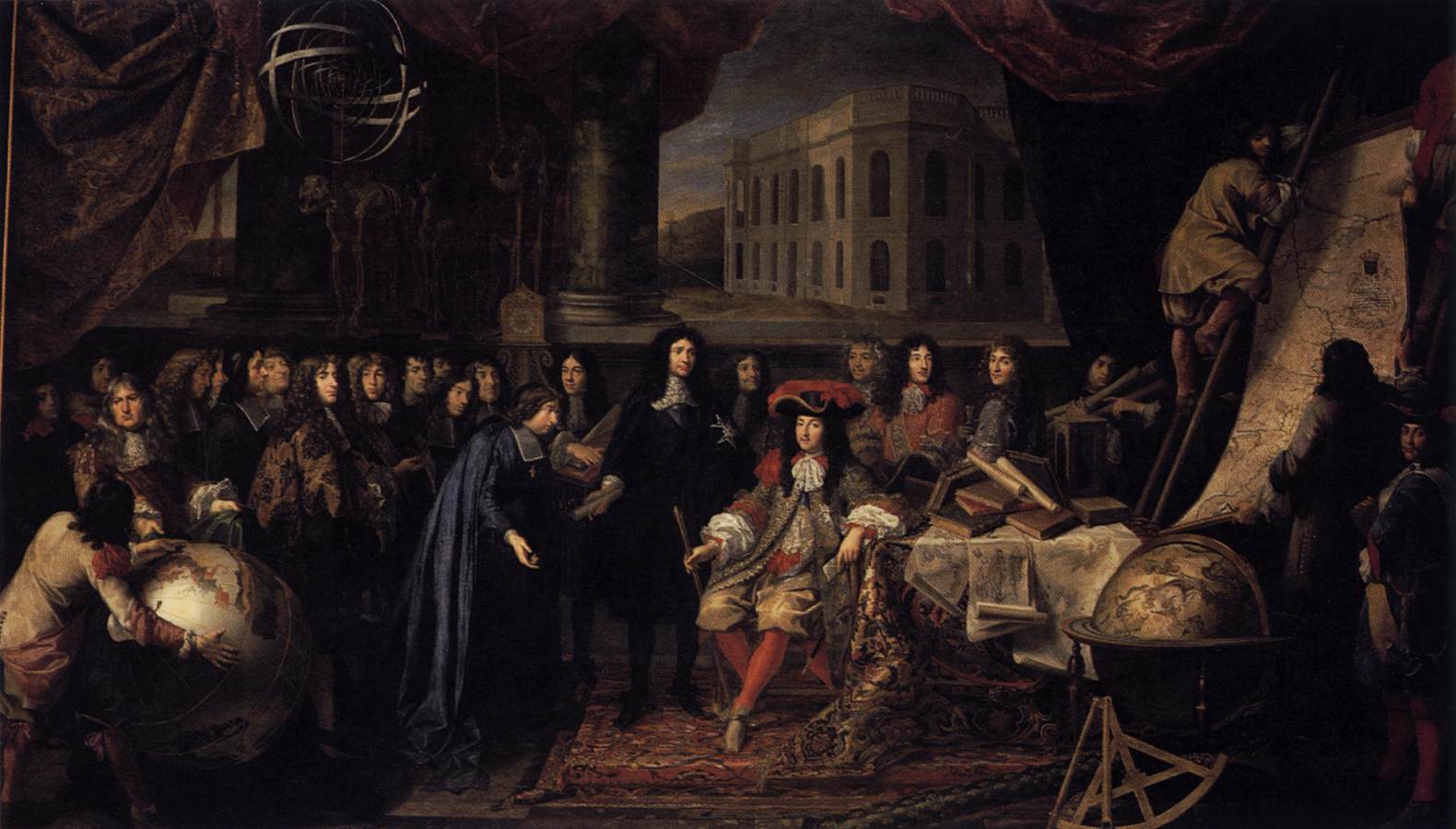
One day from a land not far away to the king’s court came a painter already known and admired for his skills. He was very much surprised when learned about the powerful painters guild, since in his land there was not such a guild and painters were free. When he told the king about this, king immediately assembled his council and issued a decree that painting is not a craft but a liberal art thus free of any guild. It is after this decree that the painting instead of being a skill became a product of the mind. It no more belonged to the glass or cabinet making and slowly became associated with poetry and even philosophy.
The painter and seven of his friends, fellow painters, became part of the kings permanent entourage that became known as academicians. Some years later the king’s prime minister suggested the academicians to show their paintings in the most beautiful room in the court known as the salon of god Apollo. The first exposition was such a success that would be repeated many times for years to come, and this spectacle of paintings became known as The Salon. This is how the exposition was born and also how the painting became art respected throughout the entire world ever since.
Le Vite de’ più eccellenti pittori, scultori
The introduction of individual characters into the story could be traced to Vasari and his 1550 book “Lives of Painters, Sculptors and Architects”, beginning with the earliest masters Cimabue and Giotto and culminating with Leonardo, Raphael and Michelangelo. By the beginning of the XIX century the notion of an exceptional individual called an artist was being well established and Alexander Lenoire in his 1824 book “Comments on the Genius, The Main Work of the Artist” could describe Michelangelo as ” Genius, original and individual”. A painter or a sculptor was not just a craftsman any more, but a unique and exceptionally gifted individual, an almost God-like creator called an artist. And the corresponding artifact, named a work of art, became a masterpiece, also a unique and original category. But, what constitutes as a work of art? Is it an artifact that has defining intrinsic and unique properties that we could identify as art, or a special product made by an exceptional person called an artist, or an object that becomes art only when it is placed within a certain sphere we call the art context?
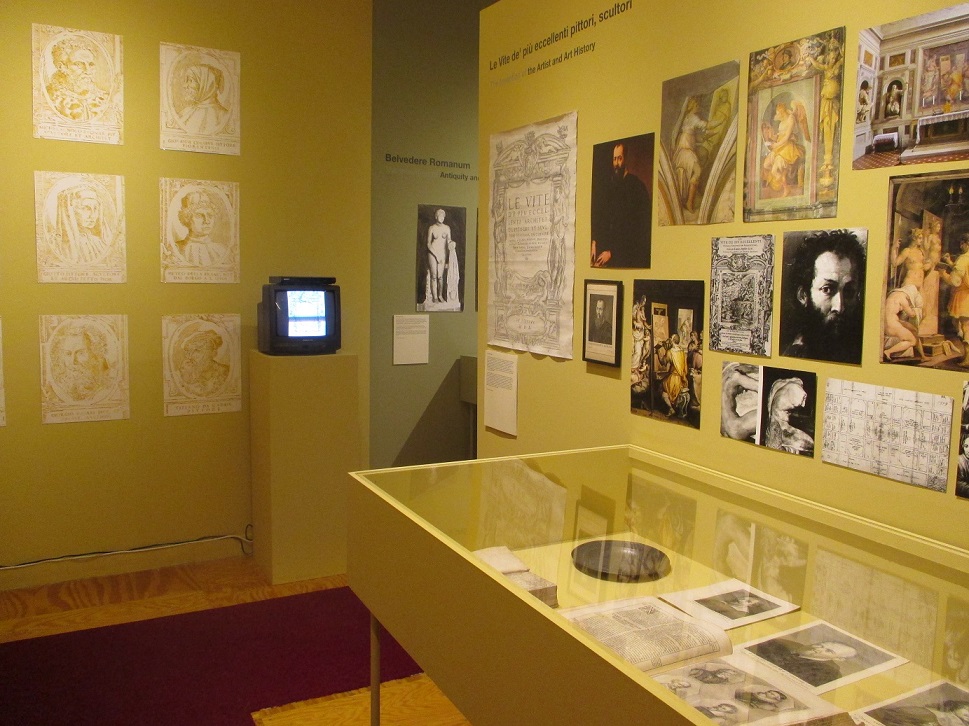

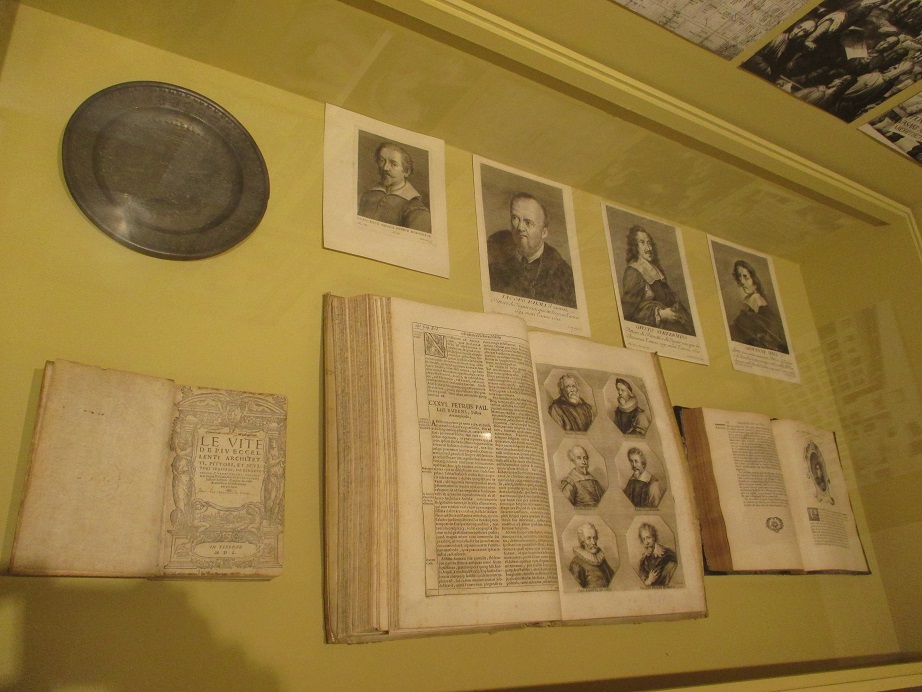
The Great Duke
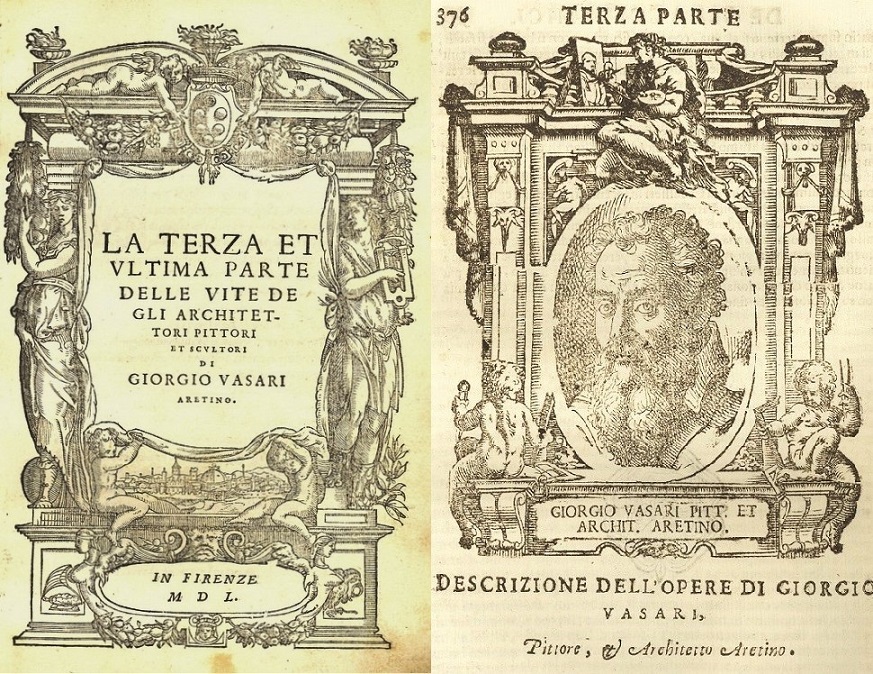
Long time ago in a beautiful city, surrounded with olive trees and meadows full of flowers, lived a powerful Duke known for his generous patronage of the arts. He loved his city and wished to adorn it with a new building for which he would be remembered for ever. One day he learned about an Artist who was also a very capable architect and invited him to his palace. The Duke told the Artist about his desire and soon after the Artist begins working on the new building. He came up with the idea of uniting all public services into a single building, and decorating its walls and ceilings with the most beautiful paintings and frescoes. Thus the power and art will live happily united in a single beautiful palace. The Duke liked the idea very much and gave artist everything he needed and after not too long the building was completed. It was no doubt one of the most beautiful buildings in the world named the Offices, known for its simplicity and elegance as well as for its rooms full of paintings where important artists of the land gathered for beauty, for work and for recreation. This is how the first Museum of Paintings came on this world. The Artist also wrote a book in which he recorded the stories of lives of all the famous artists, sculptors and architects from the past and present. They were brought together in two books to be remembered for posterity, and this event marks the birth of an unusual story, called Art History that never existed before.
Belvedere Romanum
When cardinal Giuliano della Rovere became the Pope Julius II, he brought the statue named Apollo with him and placed it in the Vatican garden named Belvedere. One day in 1503 news about an excavation of an unusual statue reached the Pope, and he immediately dispatched Sangalo and Michelangelo to the site. Sangalo instantly recognized the priest Laocoon and his sons mentioned in Pliny’s writings. The Pope acquired the statue and brought it to the Belvedere. Not too long after, several more statues were placed in the garden in specially built niches on the surrounding walls, including the reclining Nile and Tiber, Apollo, Laocoon, Venus, Cleopatra, Torso.. and suddenly in the very heart of the Christendom a vision of a completely different world was beginning to emerge, a vision that would have profound impact on the entire western world for generations to come. The sight of the collection of broken statues from the distant past, placed in the idyllic Vatican garden, later named “Belvedere Romanum”, marks the birth of “Antiquity”. Also, as a novelty, being at the time a new vision of the world that was not Christian, it marks the birth of “Modernity” as well. And for a short period of time Antiquity and Modernity lived happily together in this magical garden with a beautiful view, offering a way out of the Christian universe. Those statues, previously almost invisible as scattered parts of an urban landscape, now displayed together, became “aesthetic objects” admired primarily for their beauty. It was almost irrelevant why they had been made at first place, what roles they once had played, what their internal narratives were. In today’s terms, we could consider these statues to be the first ready-mades and, in fact, the first objects of art, while the Belvedere Romanum could be understood as the first museum of art, and in that brief period even the first museum of modern art. Their immediate impact could be recognized on the contemporary masters like Raphael, Titian, and Michelangelo. Gradually these contemporary reflections on Antiquity became the Modernity, while the statues from the Antiquity itself became identified with the ancient past.

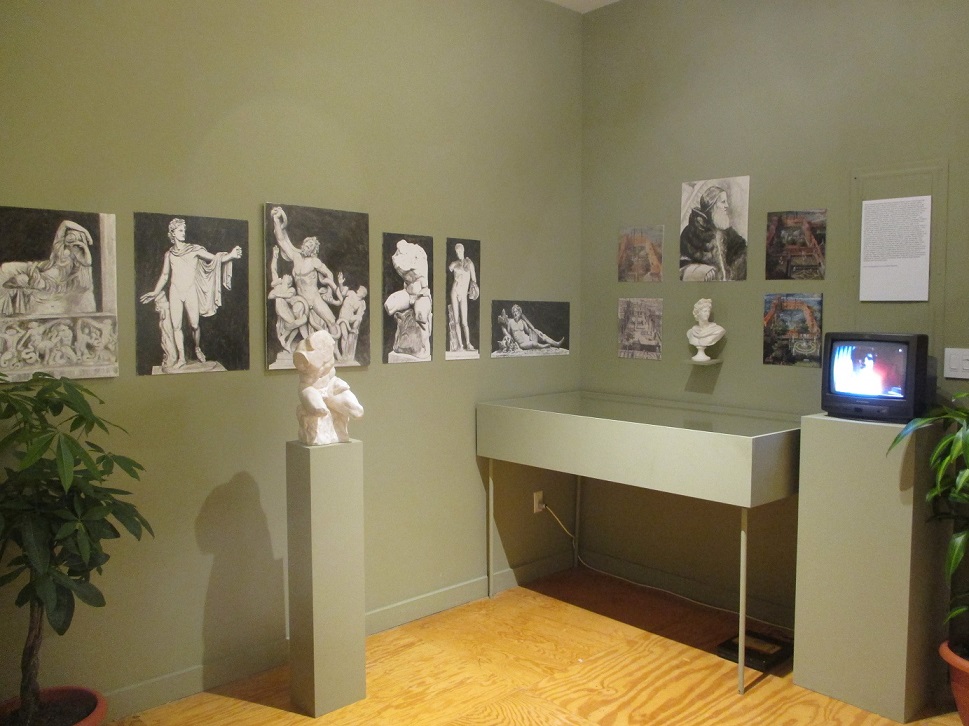
Beautiful View
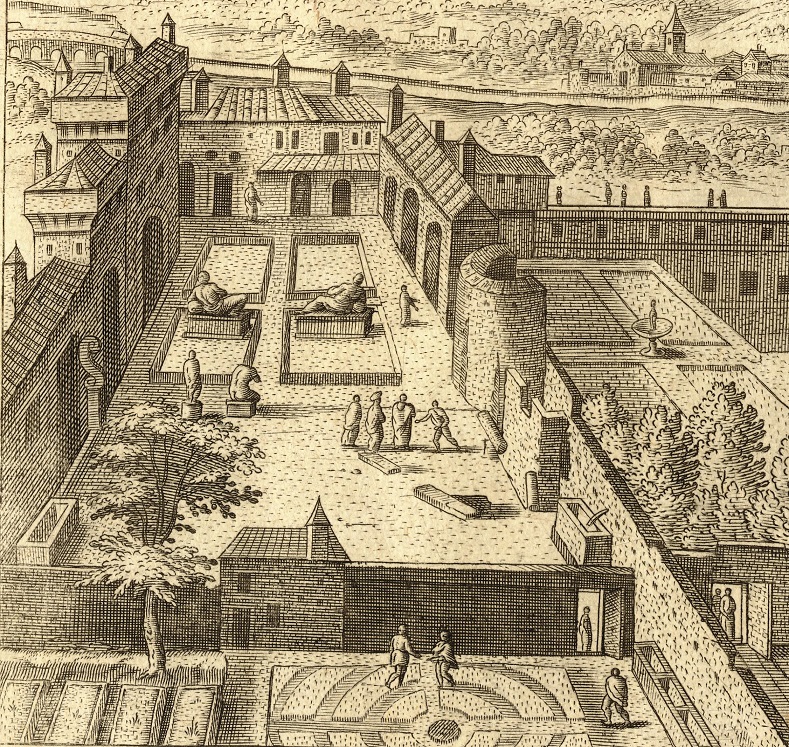
There was a certain pope that was very fond of statues from the ancient times. One day he decided to have a garden on the nearby hill where he would go to rest and enjoy the statues. The garden in which he grew flowers of the most fragrant smell and fruits of the most delicious flavor was named Belvedere. In short, nothing on earth could exceed it. The first statue he brought to the garden was the one of the Greek god Apollo. This was considered to be the most beautiful statue of all times. After not too long, he learned about the discovery of the statue of the ancient priest Laocoon and his two sons strangled by the giant serpents. In a short time this became the most admired statue in the entire world. The pope managed to acquire a few more statues and place them in the garden. Whenever he had time the pope would visit his beautiful garden. He would sit under the orange tree and enjoy the sight of the ancient marbles. While contemplating about the glorious times past, he believed that it was the Antiquity that was coming back alive here in this garden. But the pope was not aware that in his passionate search for Antiquity he has in fact discovered Modernity as well. From the Tales of the Artisans
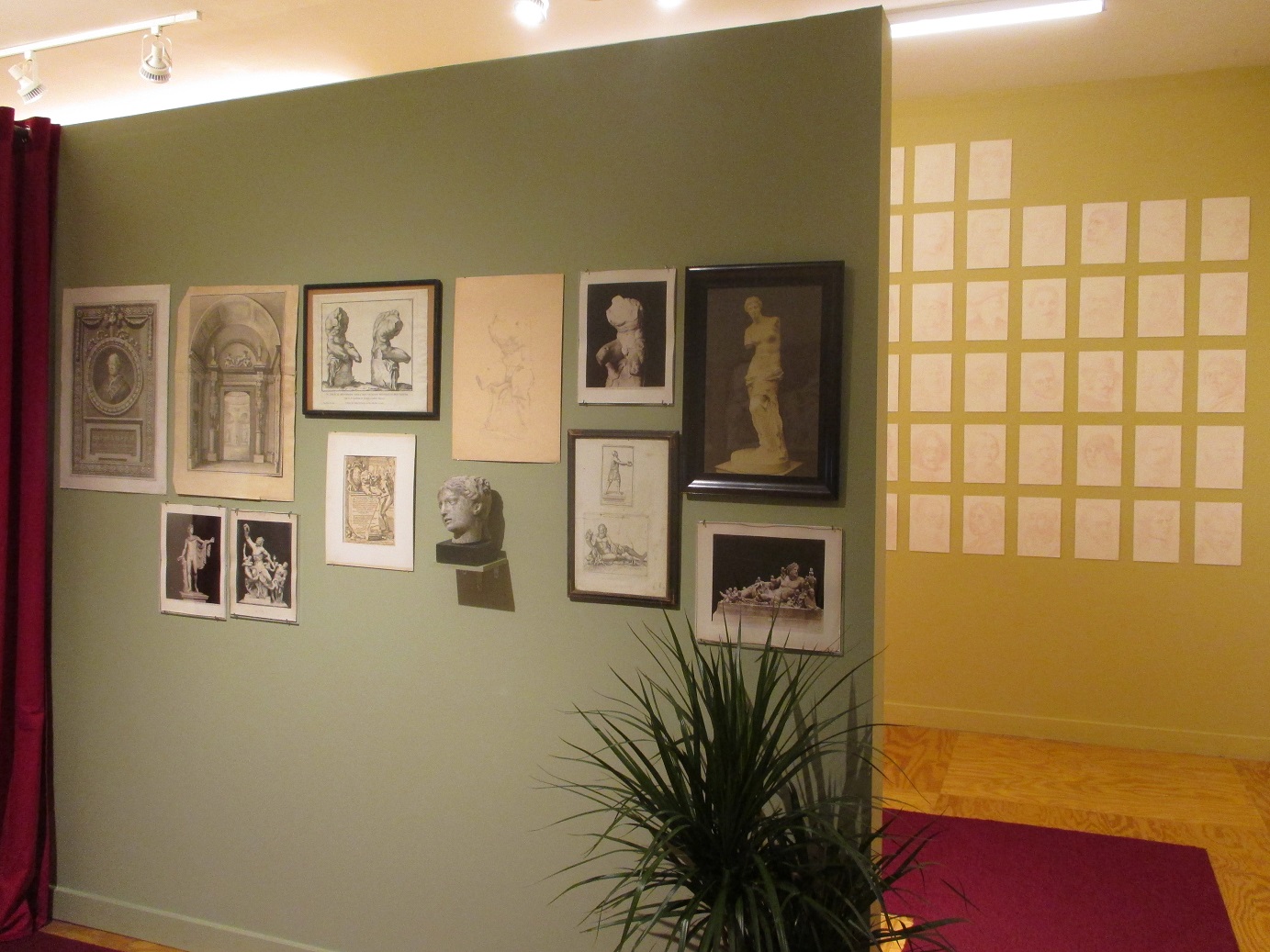
Lenders to the exhibition:
-Belvedere Romanum and Le Vite de’ più eccellenti pittori, scultori Collections of the Museum of Antiquity, Rome
–Académie Royale de Peinture et de Sculpture, La Révolution française and Exposition Universelle – Collections of the Museum of Modernity, Paris
–From the Autobiography of Alice B. Toklas – Collection of the Salon de Fleurus, New York
–The Making of Art History – Private collection
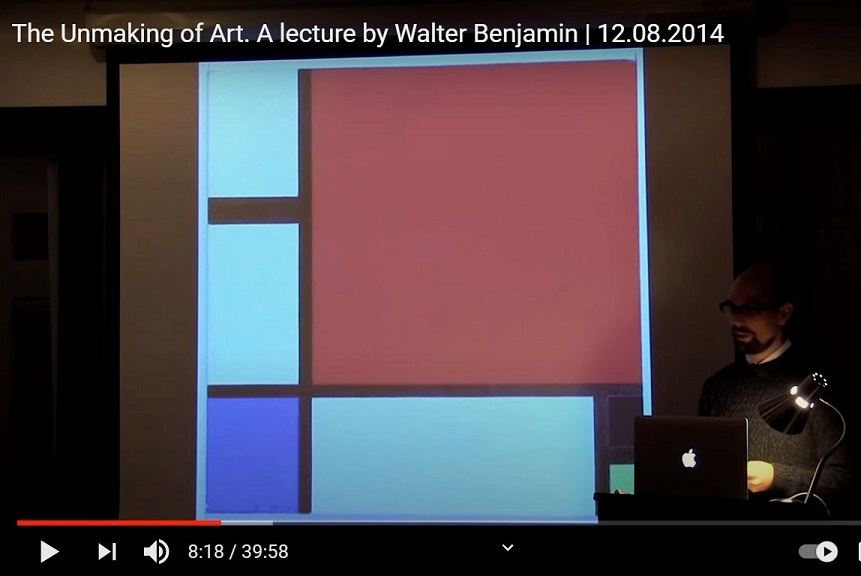
As part of the exhibition The Unmaking of Art, e-flux will host a lecture by Alfred Barr, the first director of the Museum of Modern Art in New York, titled “Abstract Cabinet and the Modern Narrative.” A second lecture by writer and collector Gertrude Stein, titled “The Making of Americans,” will follow.
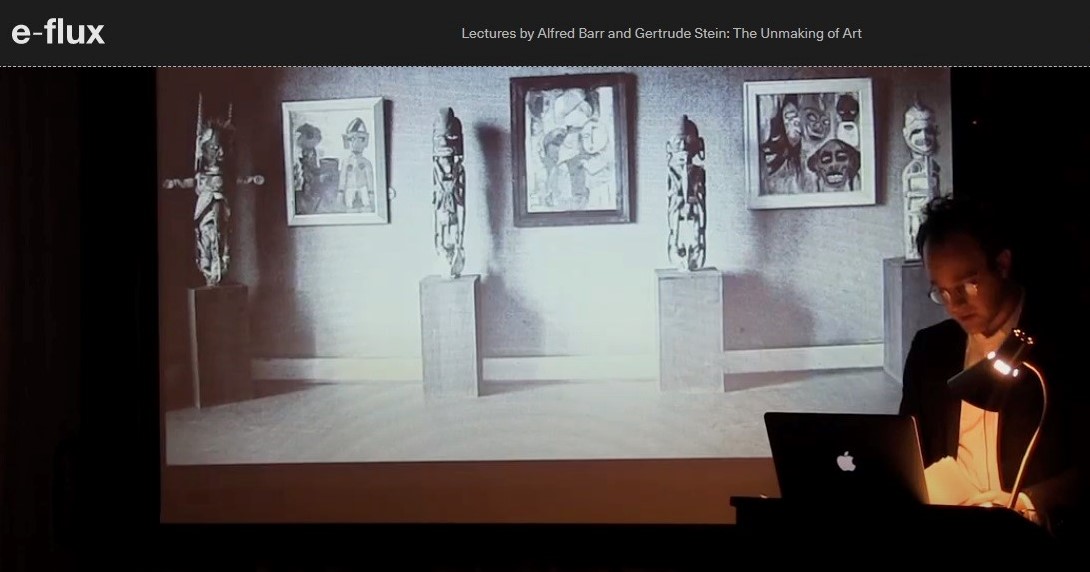
On Tuesday, January 13, in a lecture called “Abstract Cabinet and the Modern Narrative,” Alfred Barr will relay a story about Alexander Dorner, an innovative director of the Landesmuseum Hannover. In particular the talk tells of Dorner’s collaboration with El Lissitzky, which materialized in 1928 in one of the most important installations of the twentieth century, known as the Abstract Cabinet. The lecture follows the development of the modern art narrative based on the history of exhibitions. Special attention is placed on the Museum of Modern Art in New York. Since its opening in 1929, the museum’s narrative was entirely based on European modern art, with a focus on avant-garde movements. Instead of “National Schools,” its 1936 exhibition Cubism and Abstract Art introduced “International Movements” as a key tool and concept for telling the story known as the History of Modern Art. This story represented the reinterpretation of modern art, was later adopted by Europeans, and became the foundation of the art scene as we know it today.
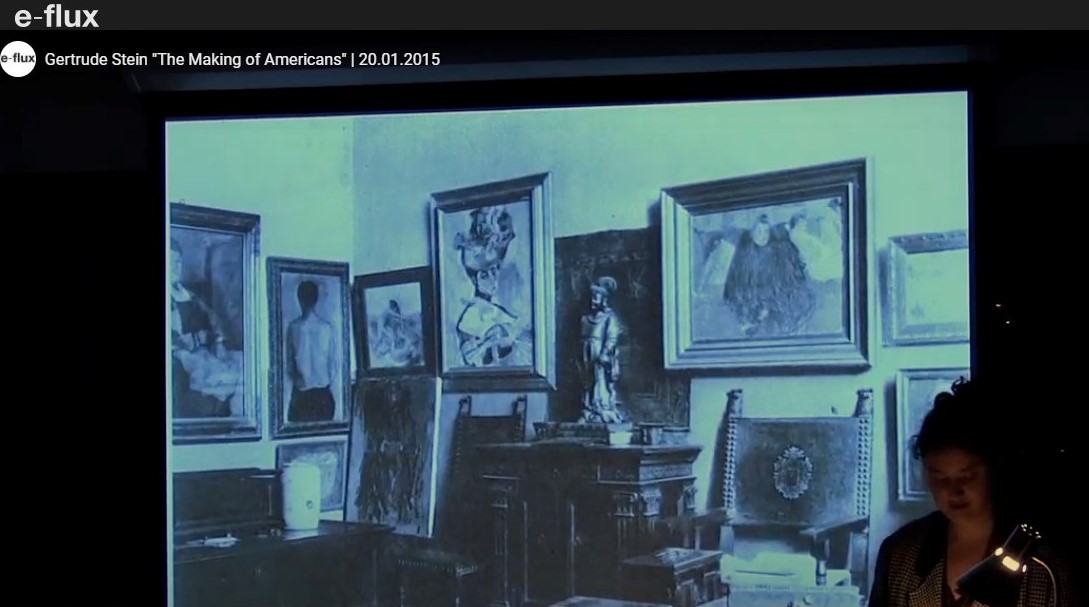
On Tuesday, January 20, Gertrude Stein will lecture on “The Making of Americans.” Ms. Stein will tell a story about the collections and exhibitions of European modern art assembled by Americans over the years. It begins with Gertrude and Leo Stein’s collection in Paris of early modern art—the first to exhibit the works of Cezanne, Matisse, and Picasso together in one room (1905). In the course of time, the Steins’ collection influenced American “taste” in modern European art throughout the first half of the twentieth century, as seen, for example, in the Arensberg Collection, Société Anonyme, the Barnes Collection, the Cone Sisters Collection, and the Solomon Guggenheim and Gallatin collections. Through these American collections, European modern art was perceived and interpreted in a more avant-garde manner than in Europe itself. When the Museum of Modern Art finally articulated its narrative that was based on avant-garde (European) movements in the mid-1930s, it didn’t look strange to the American public thanks to this phenomenon. The written version of this story is retold by Gertrude’s friend and colleague Walter Benjamin and published in a piece under the same title in no. 48.
The Unmaking of Art is an exhibition based on Walter Benjamin’s lecture of the same name, first held in 2011 at the Times Museum in Guangzhou, China, and since then at several other places around the world. The exhibition is comprised of three sections—the Museum of Antiquity, Rome; the Museum of Modernity, Paris; and the Salon de Fleurus, New York. The exhibition is a technical realization of a form of historical accounting that produces its precedents and antecedents simultaneously; where, for instance, medieval Europe could not have existed before it was invented as a historical period the moment David and the French Revolution destroyed it.
The Unmaking of Art is on display until Saturday, January 24. Hours: Tuesday–Saturday noon–6pm.
